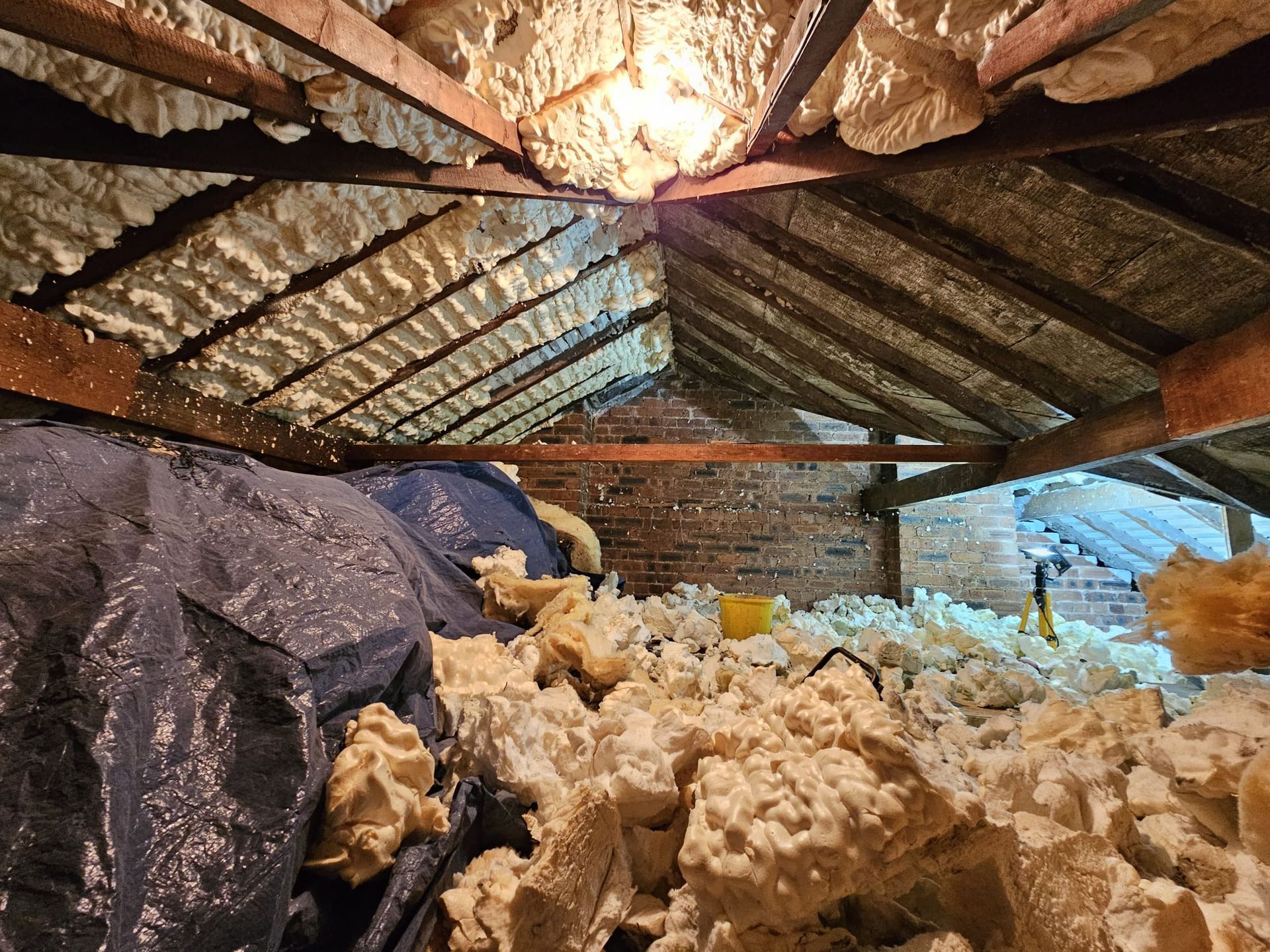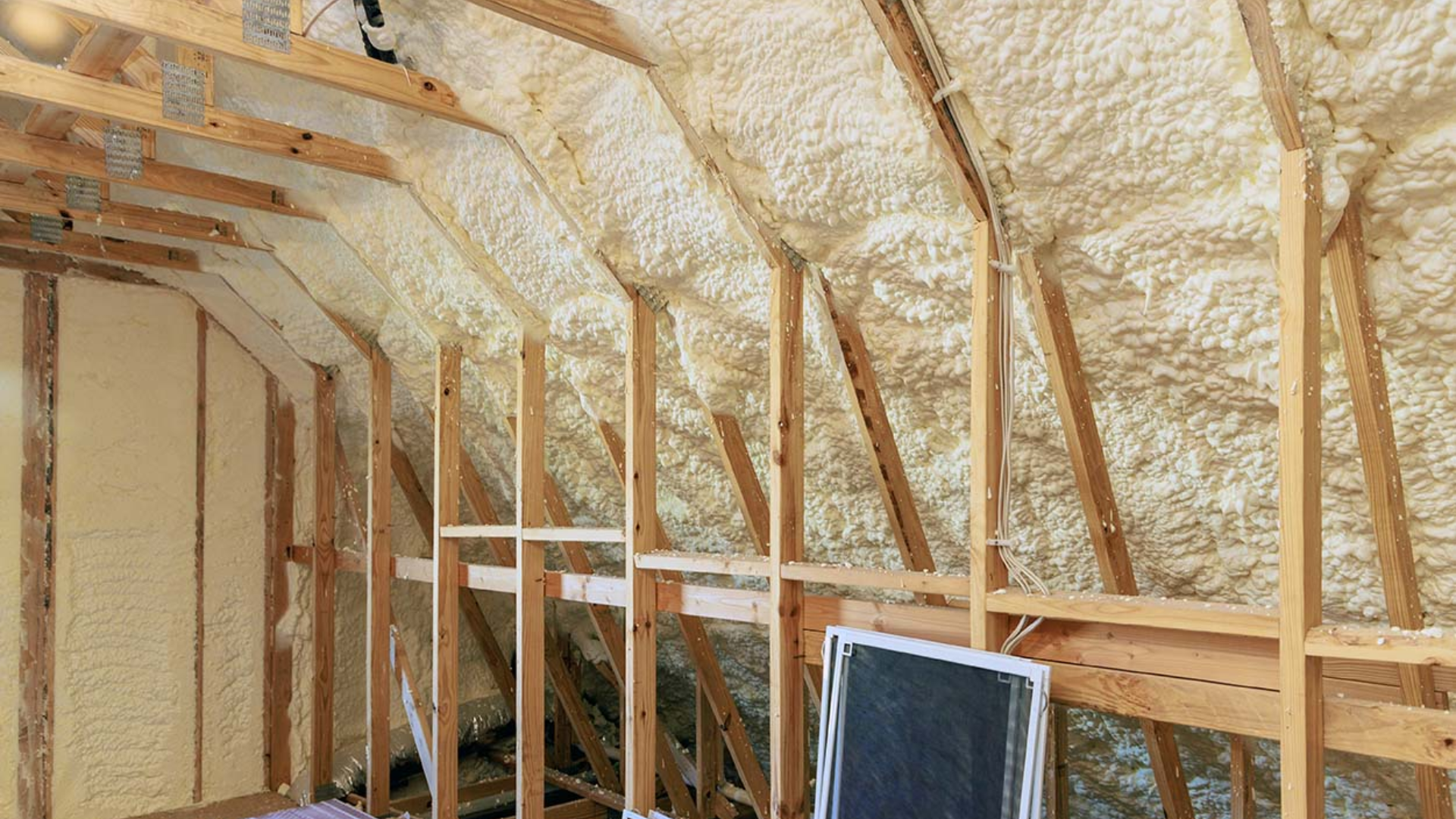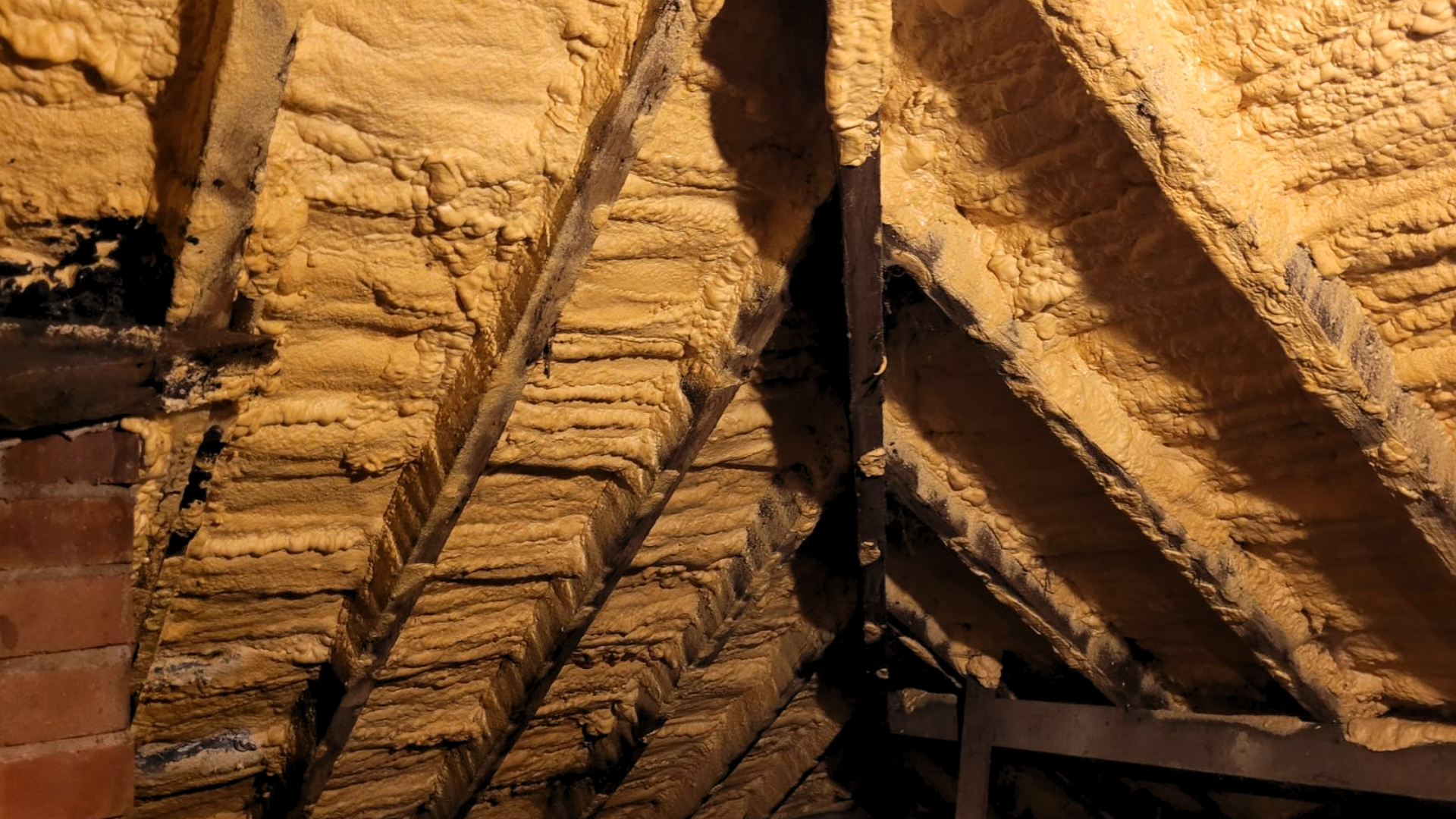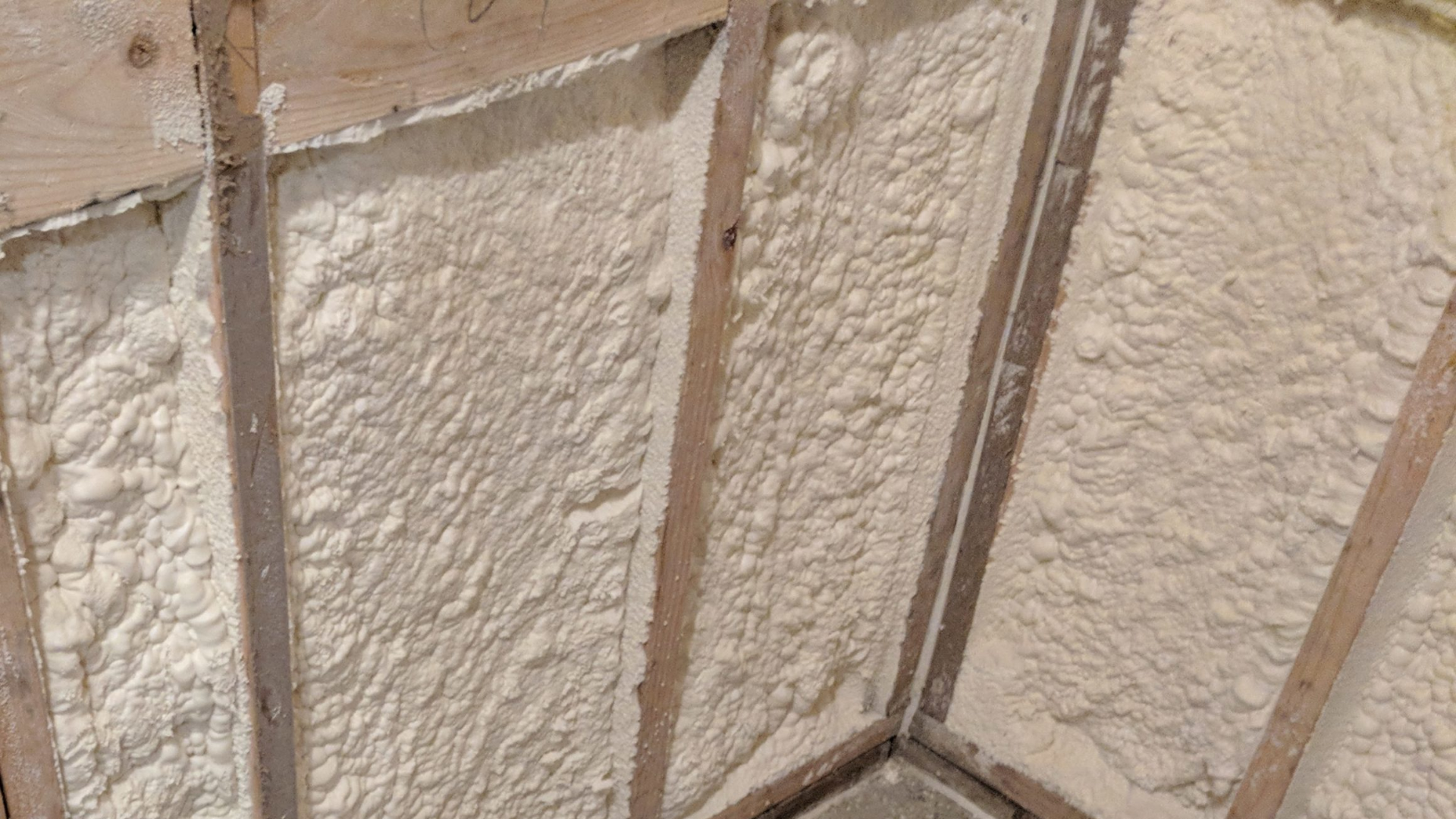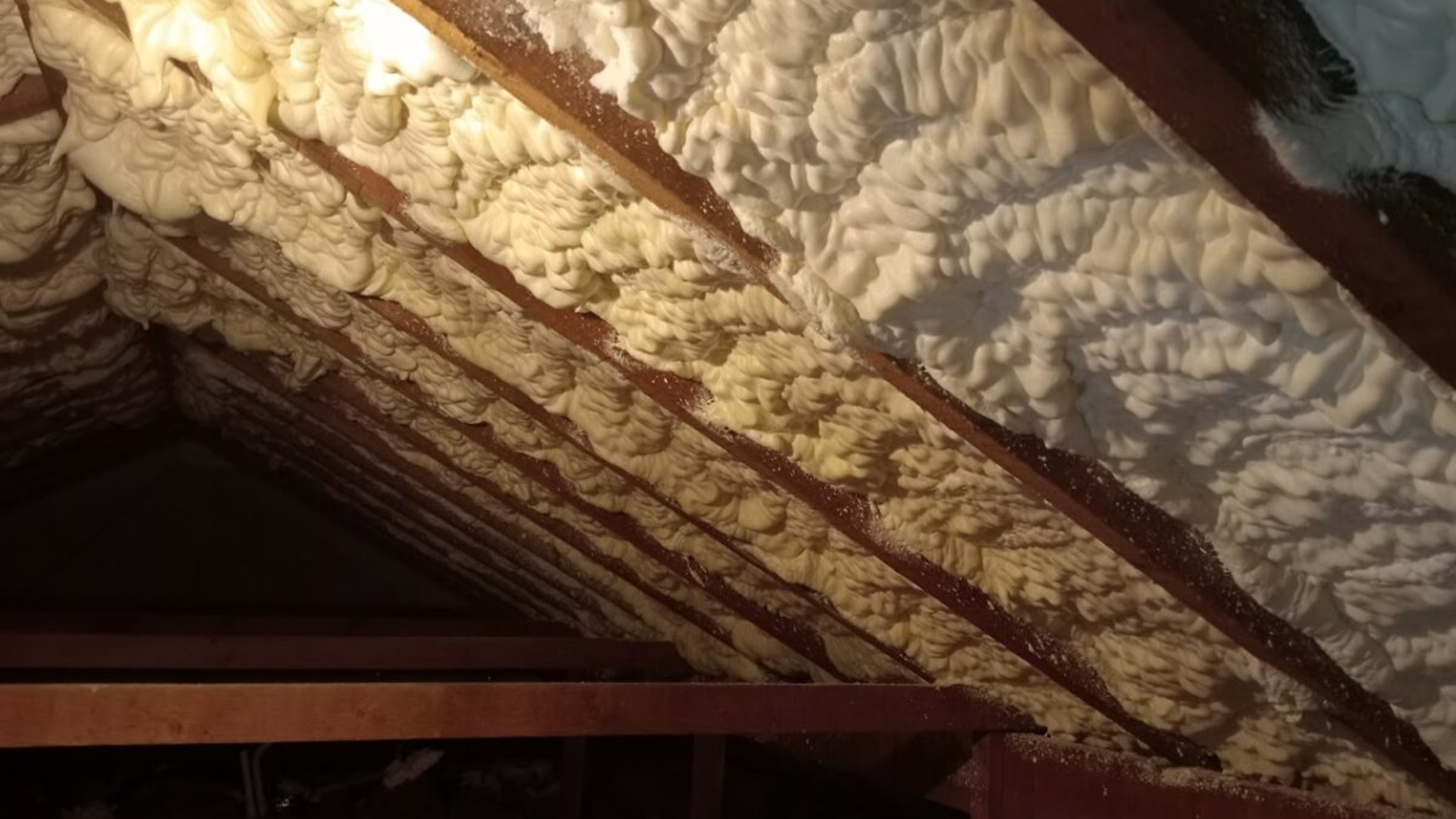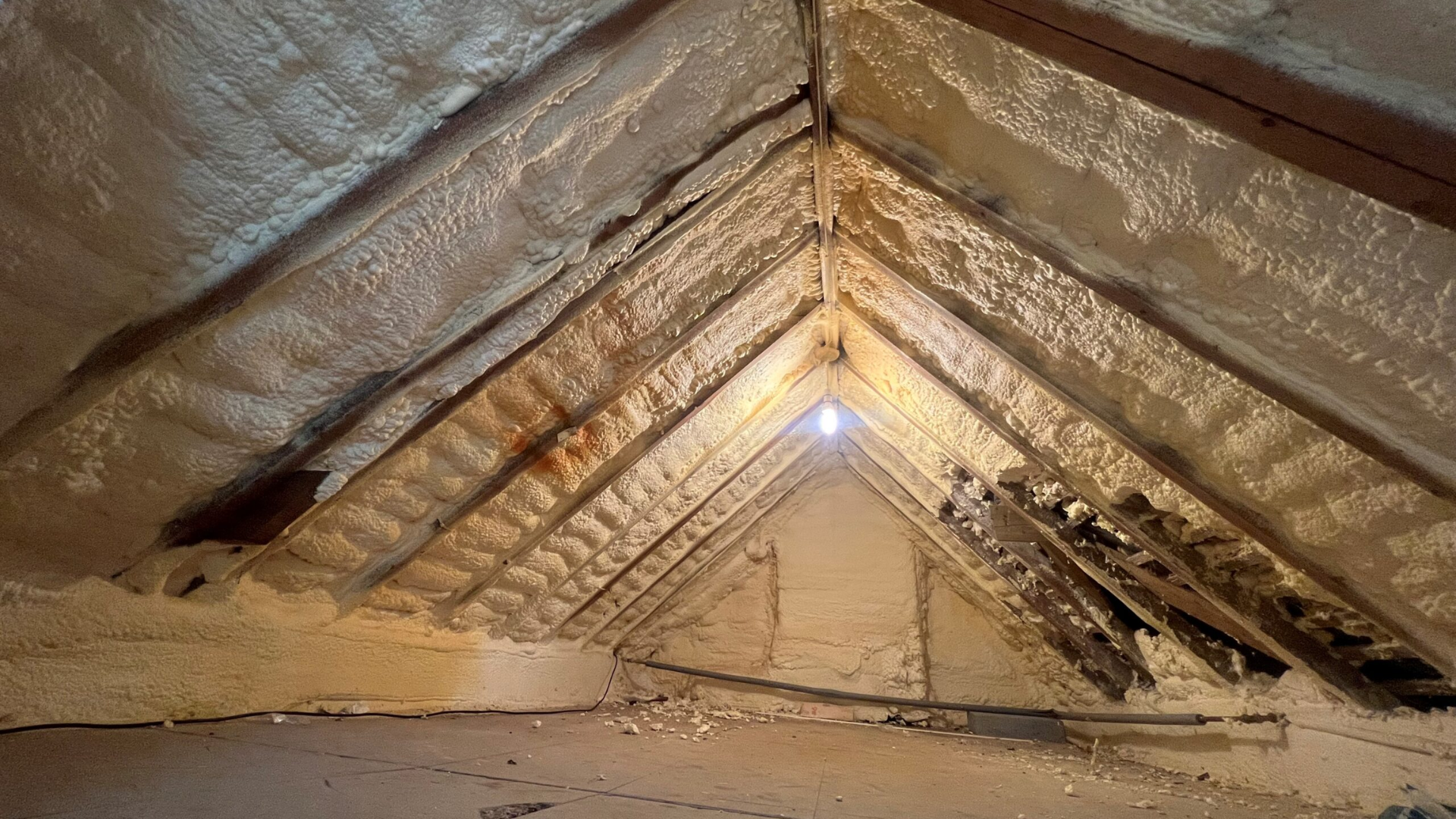Preventing Damp despite Spray Foam Insulation
How you can prevent damp before removing Spray Foam Insulation
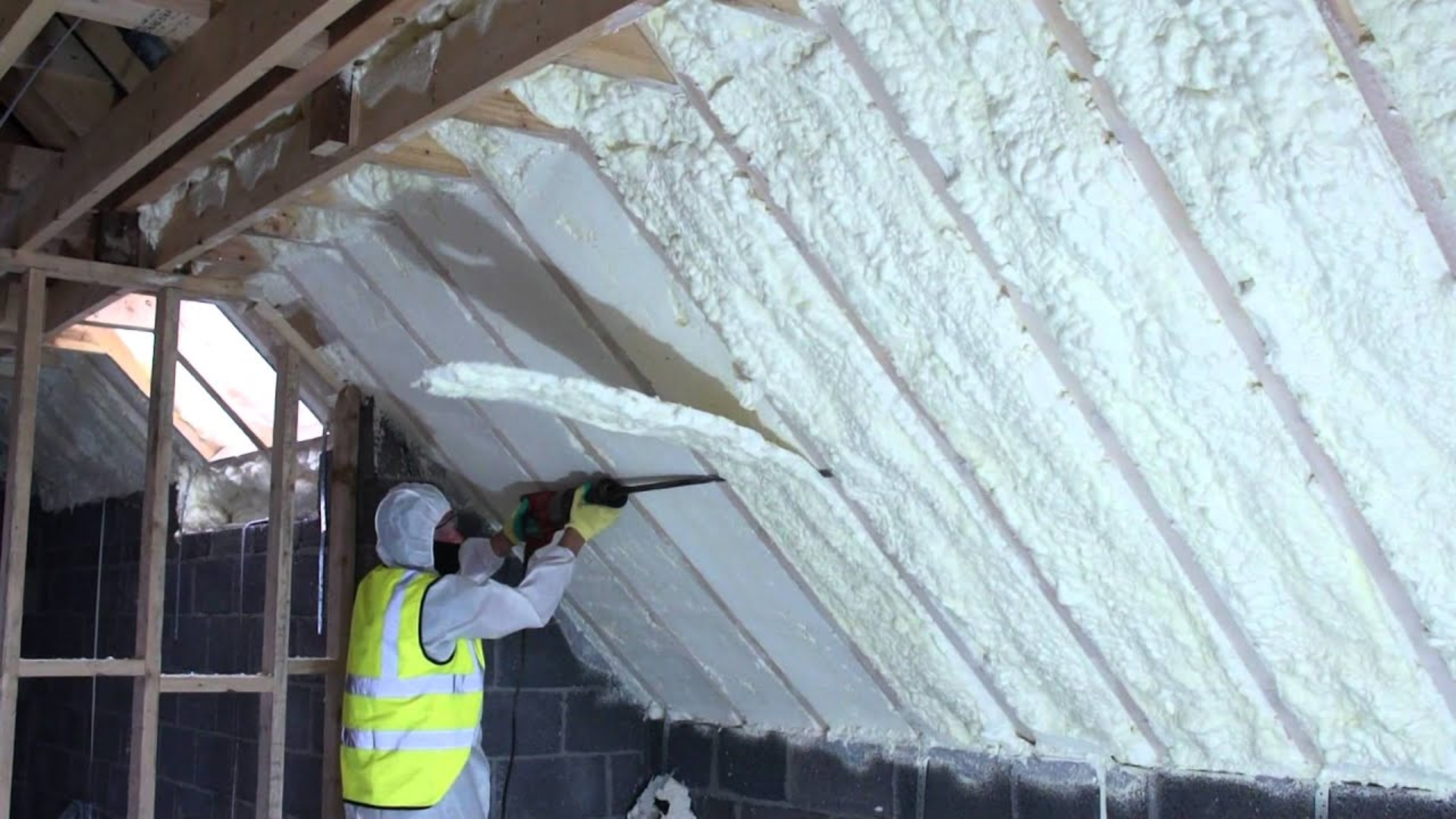
How Dangerous Spray Foam Insulation Is for Your Health and Home
Spray foam insulation might sound like a great way to keep your home warm, but it can pose significant risks to both your health and the structure of your house. At Lofteaze, we're dedicated to helping homeowners in Southampton understand these dangers and take steps to prevent winter damp until they can remove the spray foam insulation in spring.
Understanding the Winter Damp Problem
Spray foam insulation can lead to damp issues, particularly in winter. When moisture gets trapped inside your home, it creates the perfect environment for mold and mildew to grow. This can harm your health, causing respiratory issues and allergic reactions. Additionally, dampness can weaken your home's structure, leading to costly repairs.
Steps to Take Before You Have Time to Remove Spray Foam Insulation Closer to Spring
Step 1: Identify Potential Damp Areas
Before you can address the damp problem, you need to know where it's coming from. Check your attic and other areas insulated with spray foam for signs of damp. Look for mold, mildew, and water stains. Using moisture meters and thermal imaging tools can help you spot hidden damp areas.
Step 2: Improve Ventilation
Proper ventilation is crucial in preventing damp. Make sure your home is well-ventilated by using dehumidifiers, ventilation fans, and opening windows periodically. This helps keep the air circulating and reduces moisture levels.
Step 3: Address Leaks and Condensation
Leaks in your roof or walls can contribute to damp problems. Make sure to fix any leaks you find promptly. Managing condensation is also essential. You can use anti-condensation paint on cold surfaces and insulate them to reduce the risk of moisture buildup.
Step 4: Regular Maintenance and Monitoring
Set up a routine to inspect and maintain your attic and other insulated areas. Using hygrometers to monitor humidity levels can help you keep an eye on potential damp issues before they become serious problems.
The Key Things to Stopping Damp with Spray Foam Insulation Currently Installed
Taking these steps can significantly reduce the risk of damp in your home. By identifying damp areas, improving ventilation, addressing leaks and condensation, and performing regular maintenance, you can prevent damage to your home's structure and protect your health.
Why Choose Lofteaze for Spray Foam Insulation Removal
Lofteaze is your local expert in spray foam insulation removal in Southampton. Our experienced team has helped many homeowners safely remove spray foam insulation and prevent damp problems. Don't just take our word for it – our satisfied customers have shared their success stories with us.
Our spray foam insulation removal services ensure that your home remains safe, healthy, and free from damp issues. If you're struggling with winter damp, don't wait until spring to take action. Contact Lofteaze today for a consultation or inspection.
Conclusion
Damp problems caused by spray foam insulation can be dangerous for both your health and your home's structure. By following the steps outlined in this article, you can prevent damp issues before they become severe.
Lofteaze, based in Southampton, is here to help you with all your spray foam insulation removal needs. Visit our news page and contact page to learn more and schedule a consultation.
This article was produced by SEO Local Services.
Book an appointment


